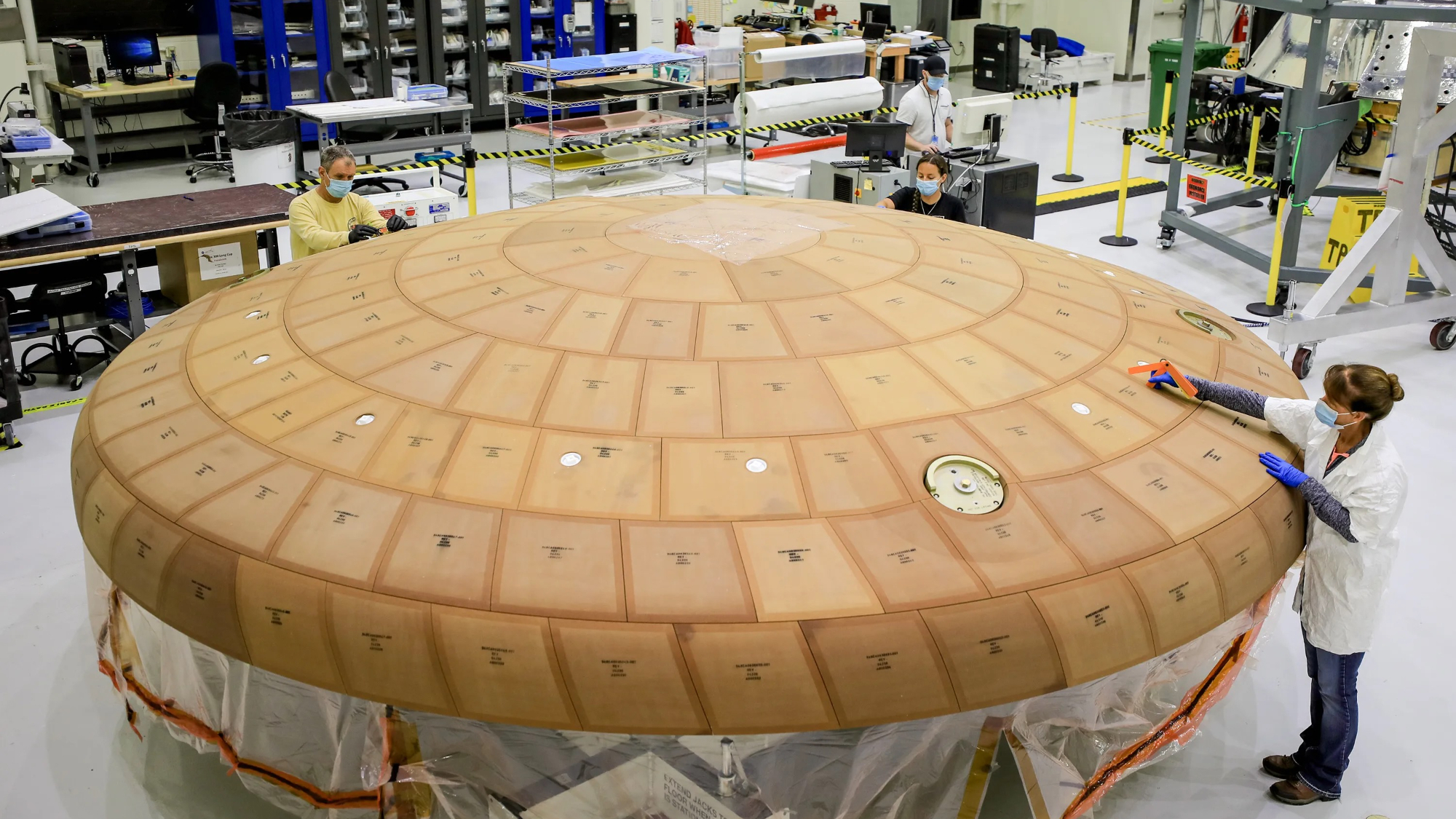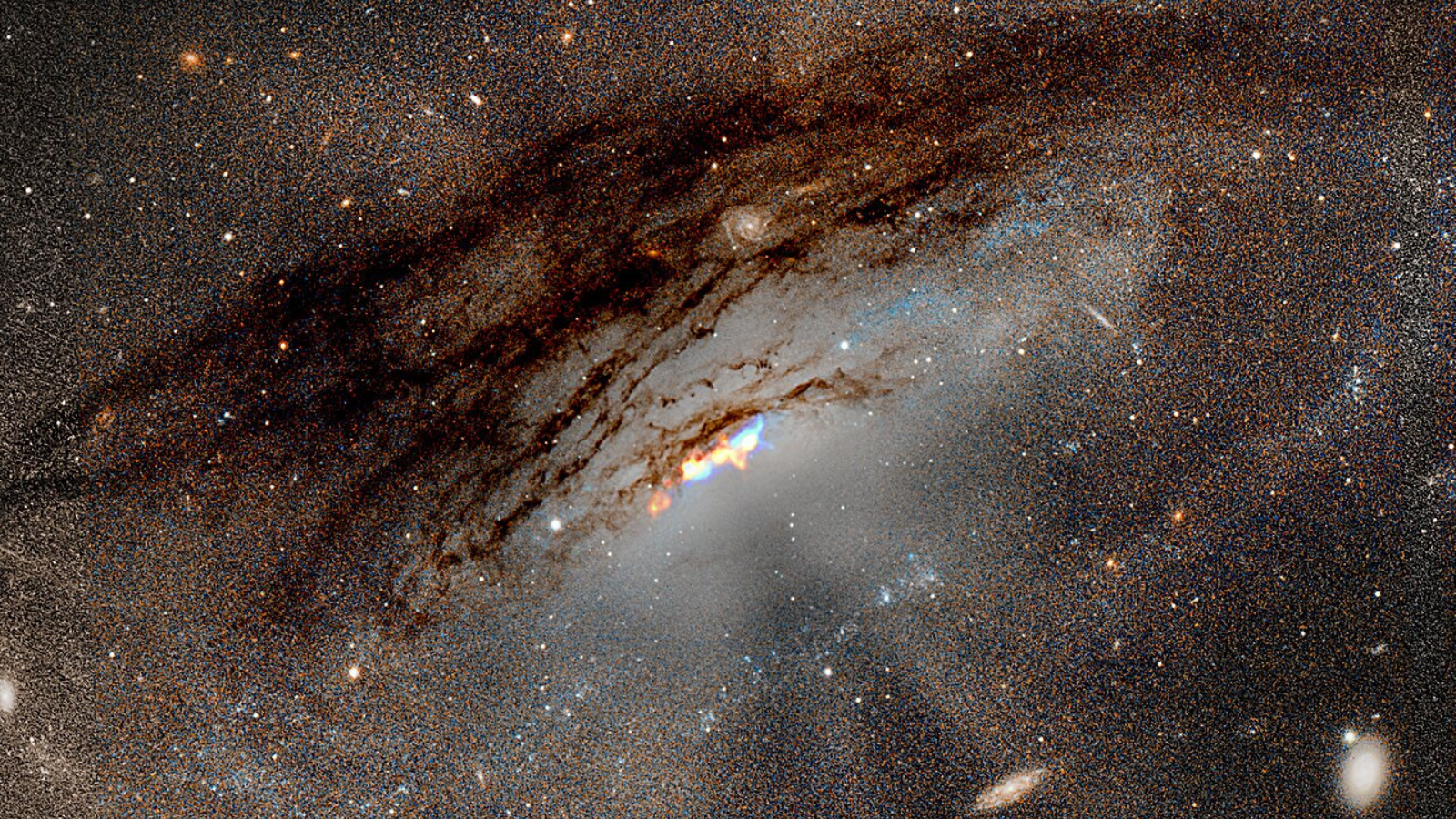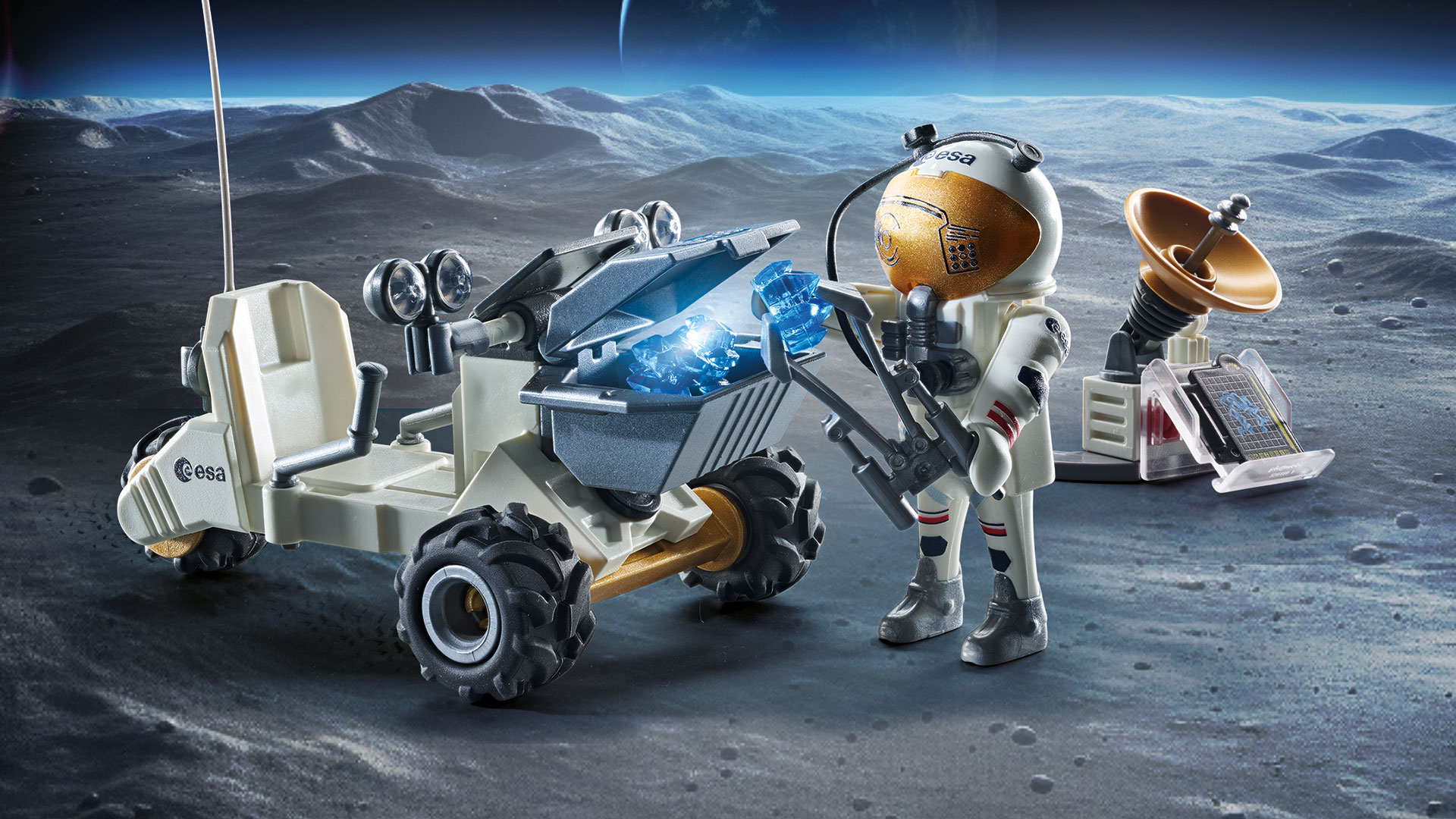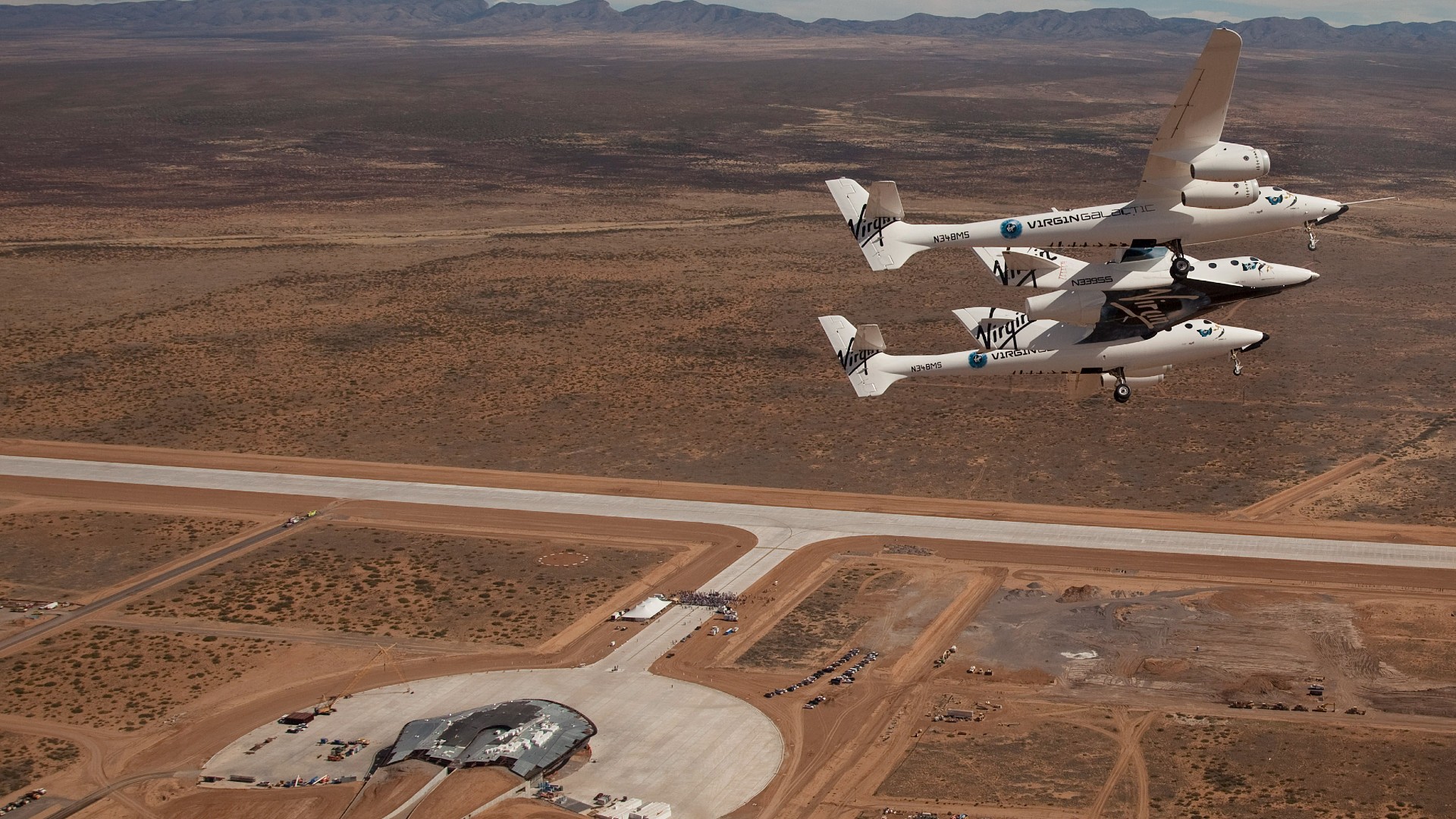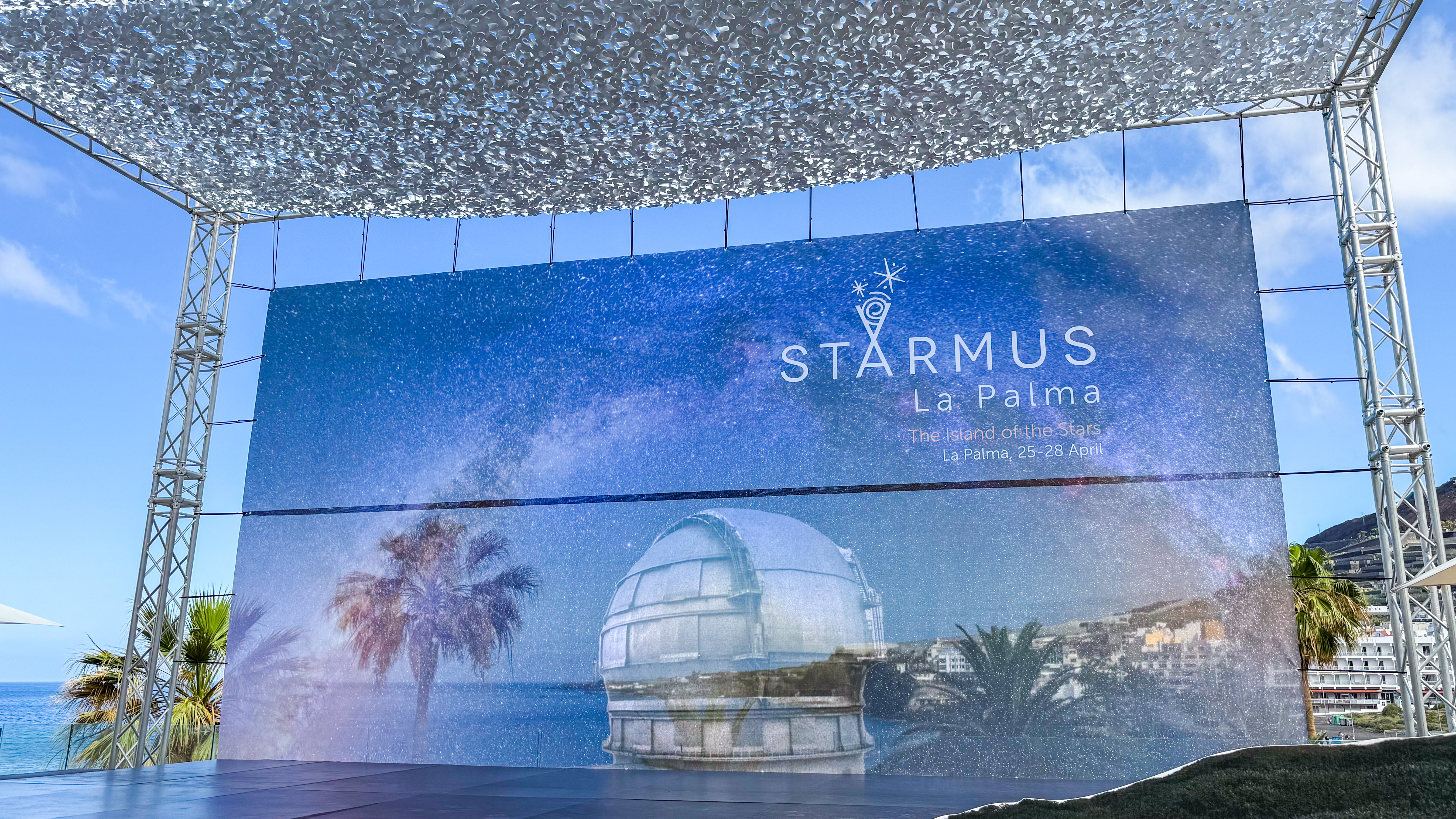Rosetta's Icy Comet Odyssey Rocks On
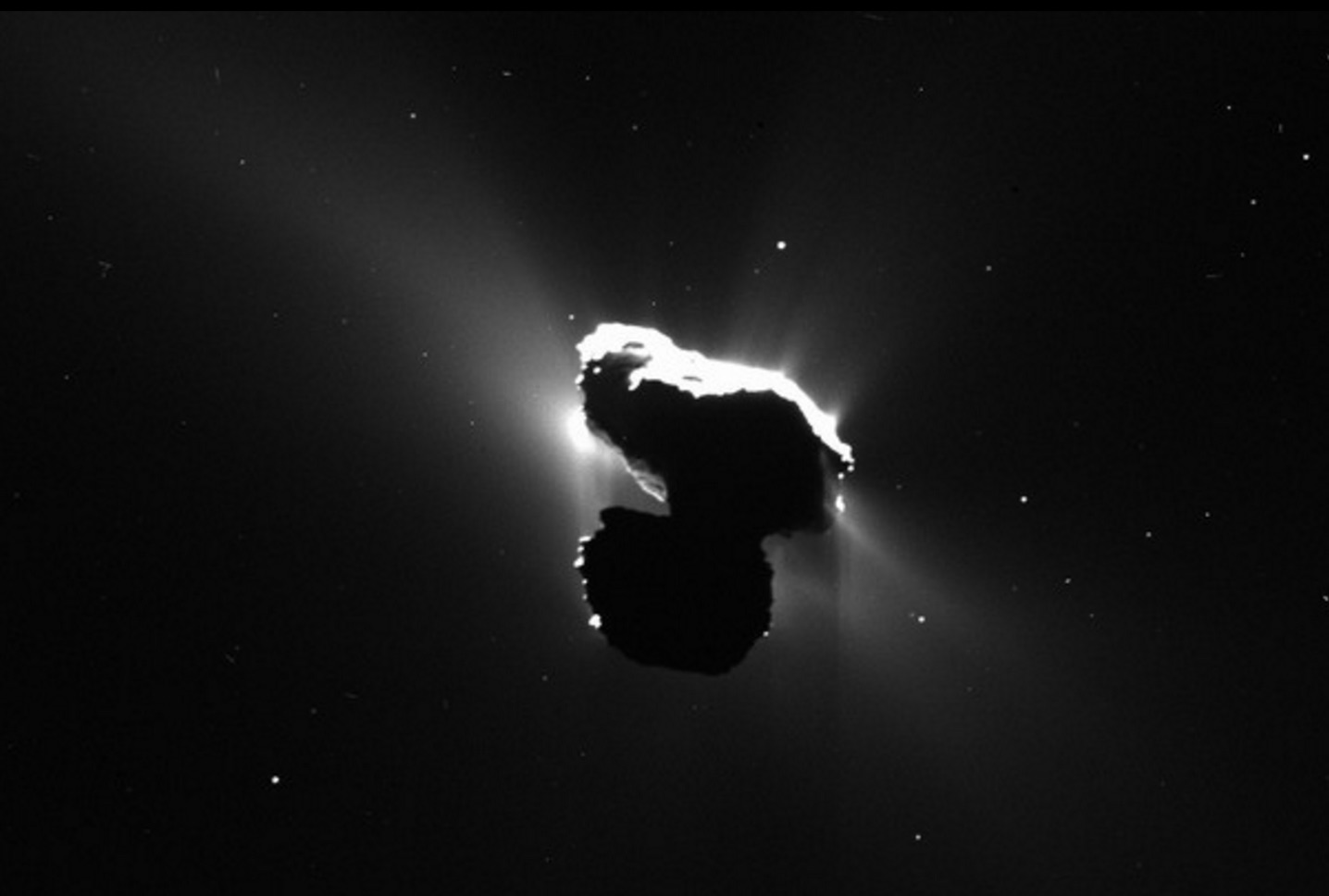
Rosetta's adventures are not over yet; recent events include taking pictures of a very dusty area, going into safe mode and zooming into a higher orbit above the comet. Here are some of the highlights of the past few weeks:
1. A Dusty Environment
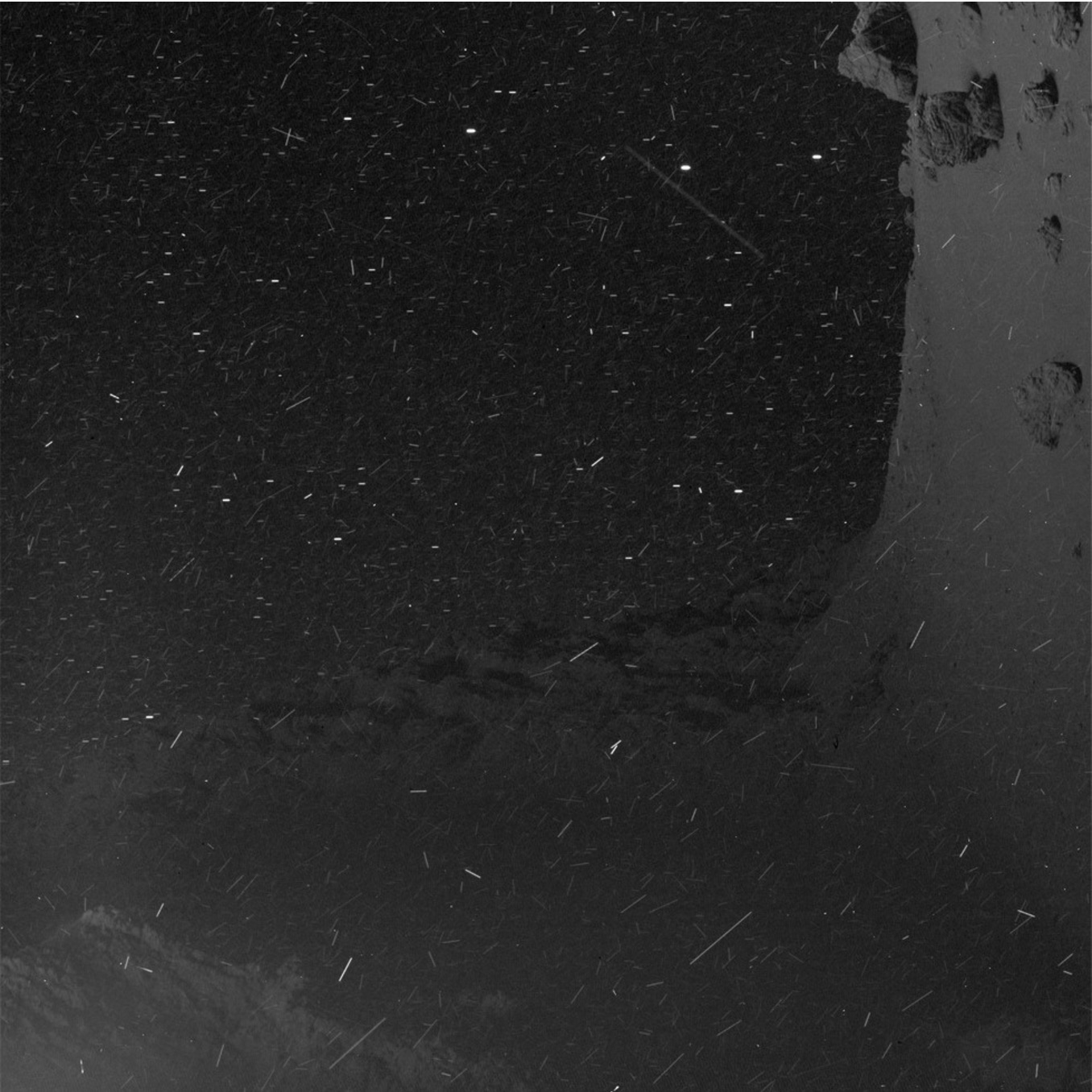
In this spooky image from Rosetta, you can see lots of dust flying off the comet. The dust is very apparent close up, but in March officials discovered that the dust trail expands away from the comet for an incredible 10 million kilometers (6 million miles).
PHOTOS: This Is Why Some Asteroids Act Like Comets
"The long trail is made up of larger grains left behind in the orbit of the comet, probably from several previous passages of the comet around the sun," ESA wrote at the time. "When the Earth passes through similar dust trails from other comets it gives rise to meteor showers. Unfortunately this won't happen with 67P/C-G, as the orbit does not approach our planet."
2. Carrying the Solar System's History
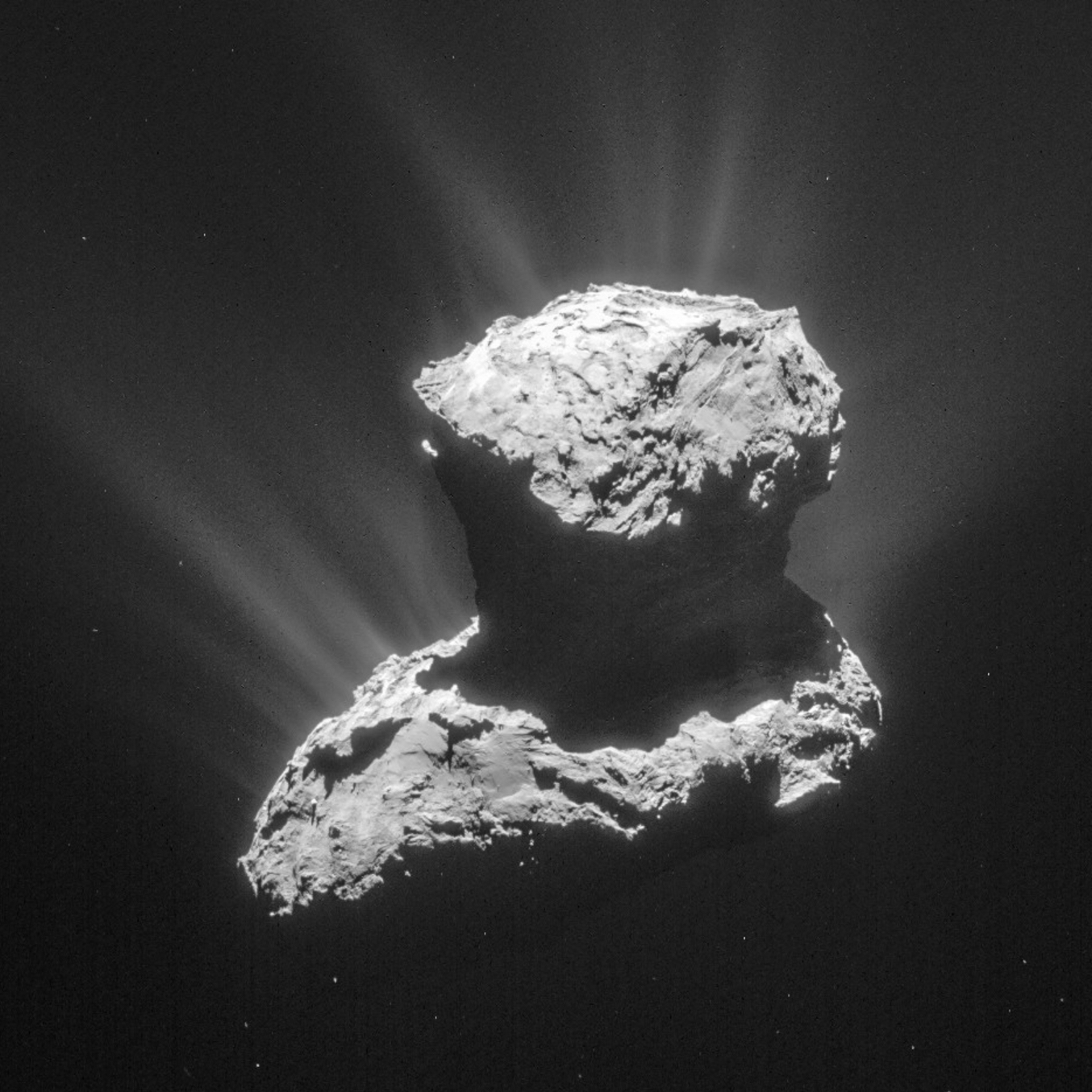
Scientists have hoped that Rosetta will show us a few things about the solar system's formation, such as if comets of its type brought water to Earth (the short answer is no) and what kind of life-bearing molecules could be on its surface. In late May, scientists announced that they had found the amino acid glycine, which they said is common in proteins and phosphorous (part of DNA and cell membranes).
Get the Space.com Newsletter
Breaking space news, the latest updates on rocket launches, skywatching events and more!
It's the first time that glycine has been definitively found on a comet; while the Stardust mission found the amino acid in Comet Wild-2, those samples were suspected of contamination upon return to Earth.
PHOTOS: Rosetta's Landing: When Philae Grabbed a Comet
"We see a strong link between glycine and dust, suggesting that it is probably released perhaps with other volatiles from the icy mantles of the dust grains once they have warmed up in the coma," said Kathrin Altwegg, principal investigator of the ROSINA instrument that detected the gylcine, in a statement.
3. Going into Safe Mode, and Out Again
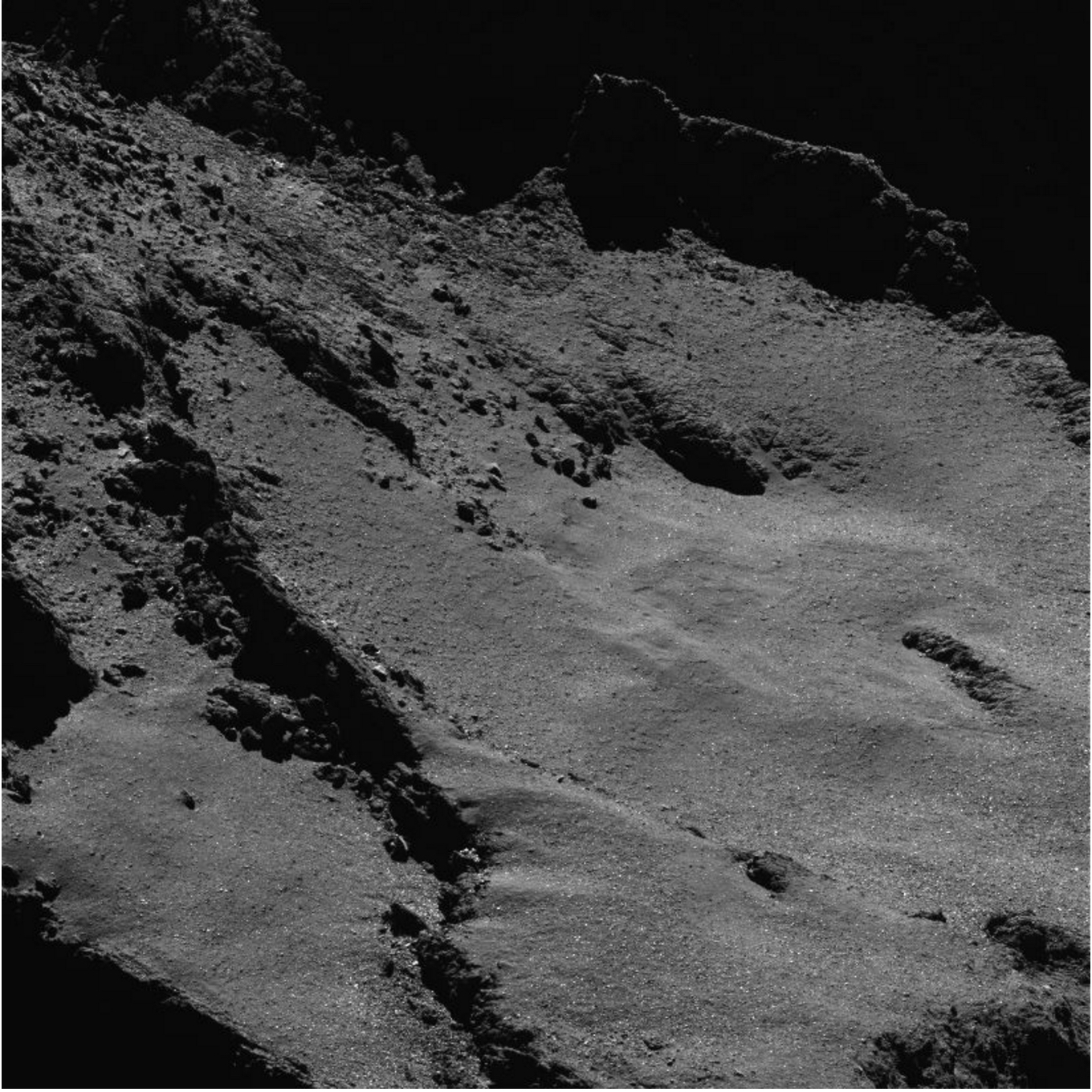
Because Rosetta is experiencing such a dusty environment, from time to time unexpected things happen. Among them was when the spacecrafttripped into "safe mode" on May 28 because it confused the dust with stars, which it uses for navigation. The spacecraft lost contact with Earth for about 24 hours, but the team was able to recover it by sending commands.
PHOTOS: 7 Intimate Close Encounters with Comets
Controllers spent a few days making sure that the spacecraft was okay, which included waiting to turn the science instruments back on from their automatic shutdown. By June 2, Rosetta was well on its way to normal operations, with the science instruments on and an orbital maneuver set to go.
4. Into the Black
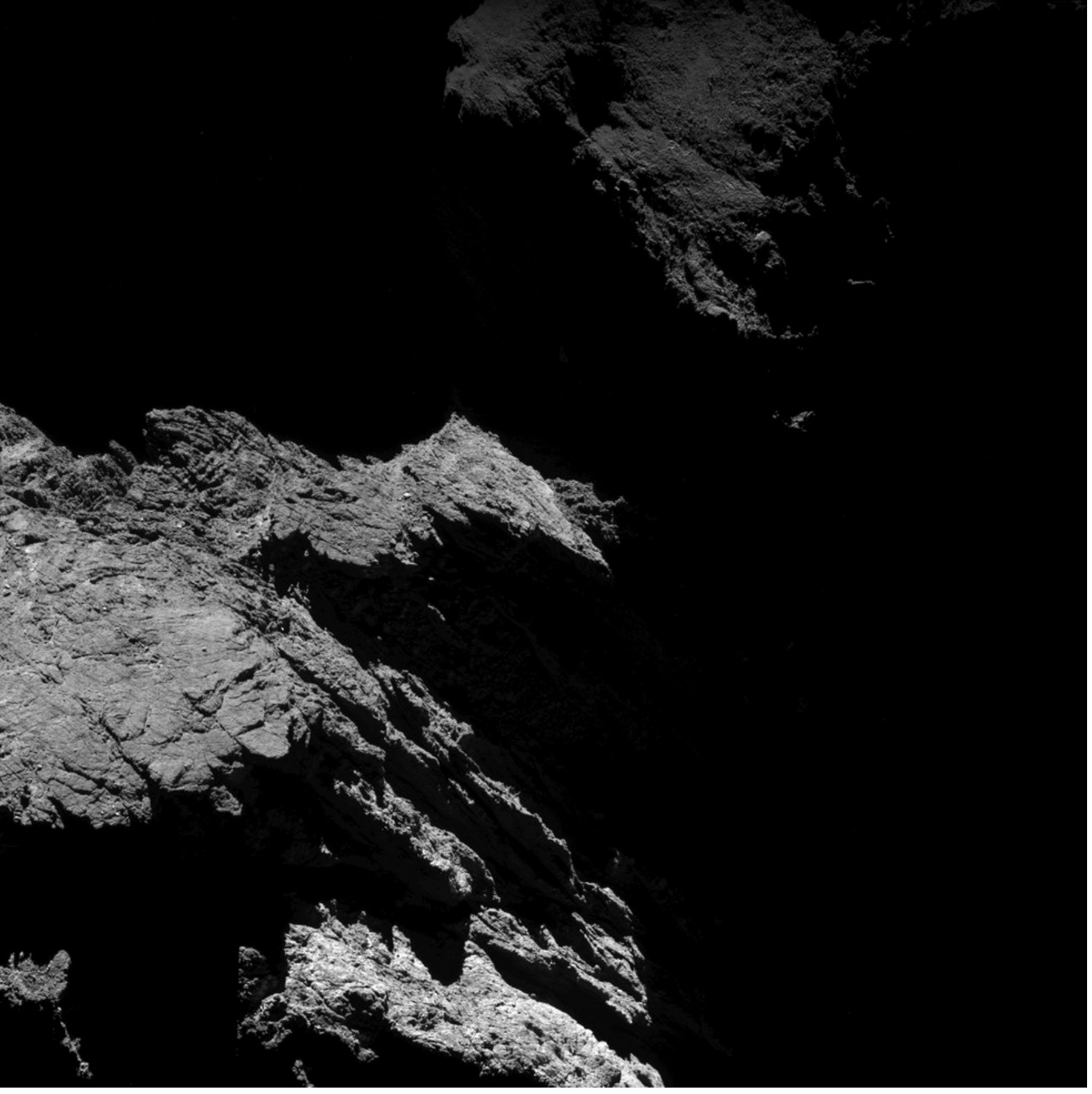
At roughly 670 days into its mission, Rosetta continues to produce amazing imagery of its comet -- such as this one focusing on the "neck" region (in shadow), when the spacecraft was roughly 8 kilometers away from the nucleus. As of this week, the spacecraft is now zooming to a 30 kilometer orbit from its previous orbit of five kilometers.
ANALYSIS: NASA's Next-Generation Telescope: Ace Comet Hunter?
Rosetta's other recent findings include uncovering clathrates (a crystalline type of ice). It is believed that if Comet 67P/Churyumov-Gerasimenko is covered with ices of this type, it could have formed from ice fragments closer to the sun.
5. Asking the Public For Help
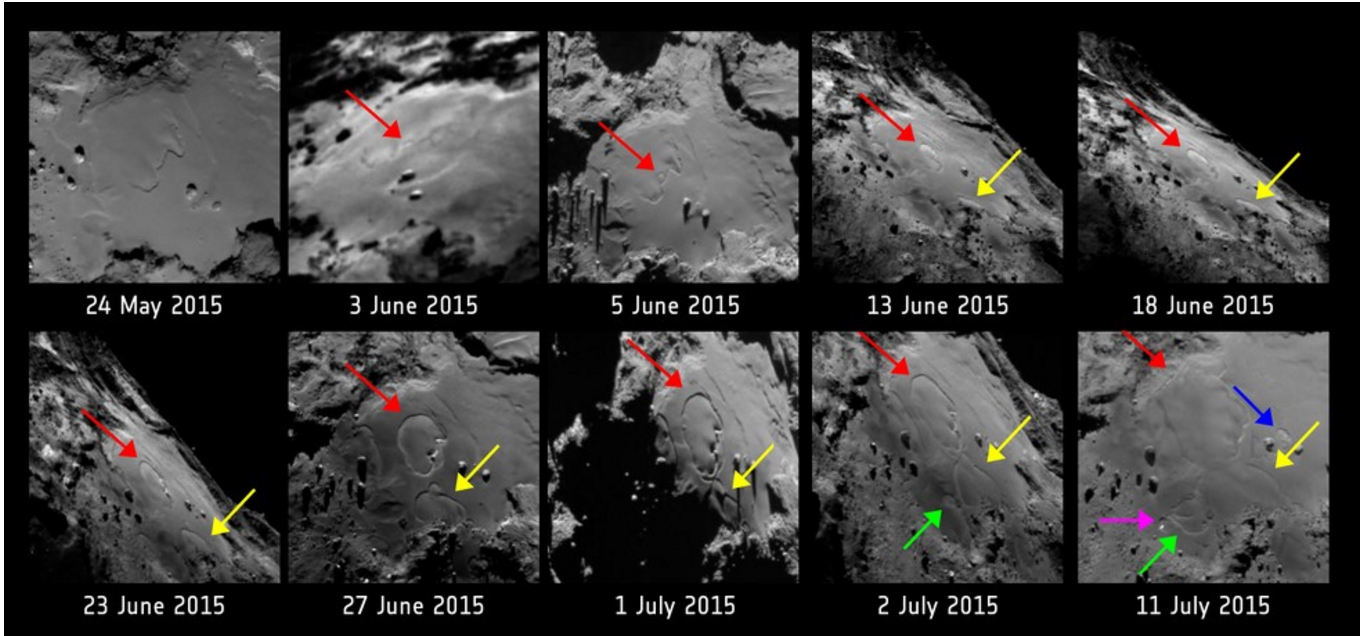
Since Rosetta arrived at Comet 67P/Chruymov-Gerasimenko, more than 20,000 images have been posted for public consumption. In a request to use the wisdom of the crowd, officials are now asking that if the public sees anything changing on the comet's surface, they submit their ideas to this web page for possible future blog posts.
ANALYSIS: Sorry Rosetta, Your Comet Stinks
"Do remember to be cautious when comparing images of the same region that have been taken under varying illumination conditions, or from different distances and therefore have a different scale – this can sometimes lead to mistaken identification," ESA wrote.
Originally published on Discovery News.
Join our Space Forums to keep talking space on the latest missions, night sky and more! And if you have a news tip, correction or comment, let us know at: community@space.com.

Elizabeth Howell (she/her), Ph.D., was a staff writer in the spaceflight channel between 2022 and 2024 specializing in Canadian space news. She was contributing writer for Space.com for 10 years from 2012 to 2024. Elizabeth's reporting includes multiple exclusives with the White House, leading world coverage about a lost-and-found space tomato on the International Space Station, witnessing five human spaceflight launches on two continents, flying parabolic, working inside a spacesuit, and participating in a simulated Mars mission. Her latest book, "Why Am I Taller?" (ECW Press, 2022) is co-written with astronaut Dave Williams.
